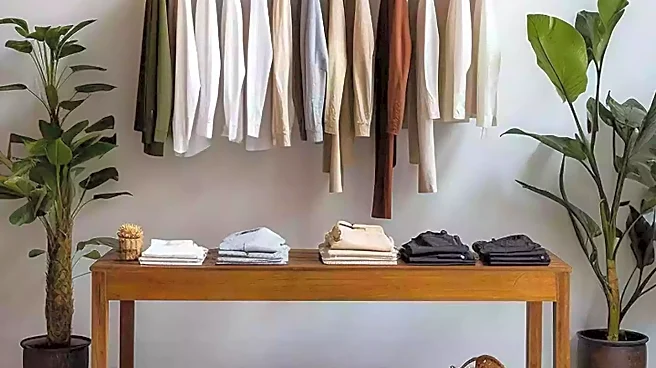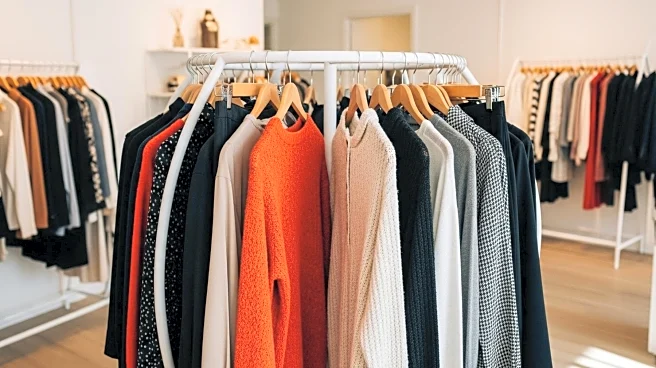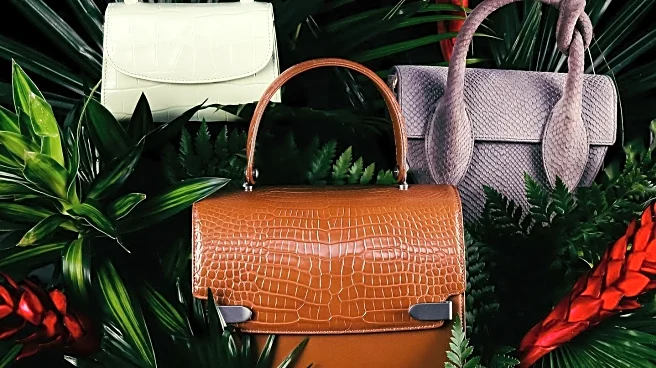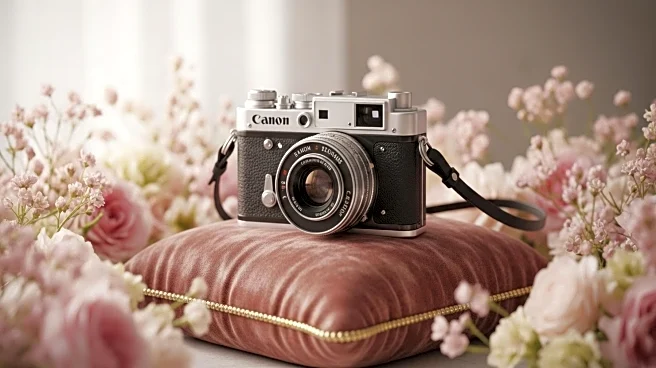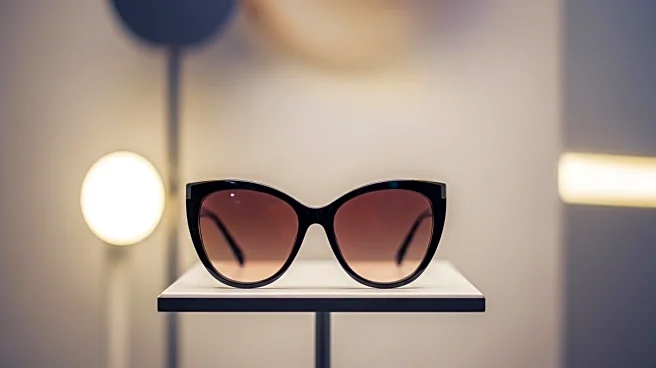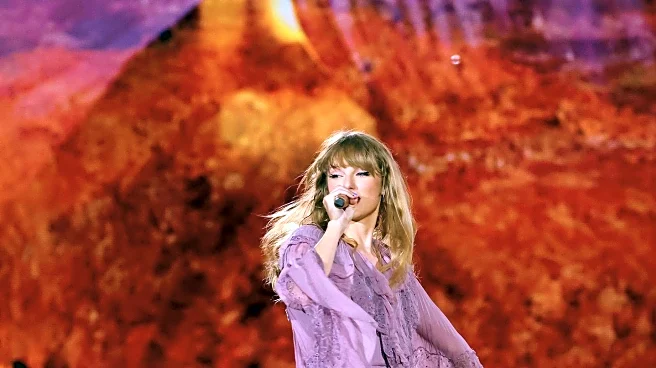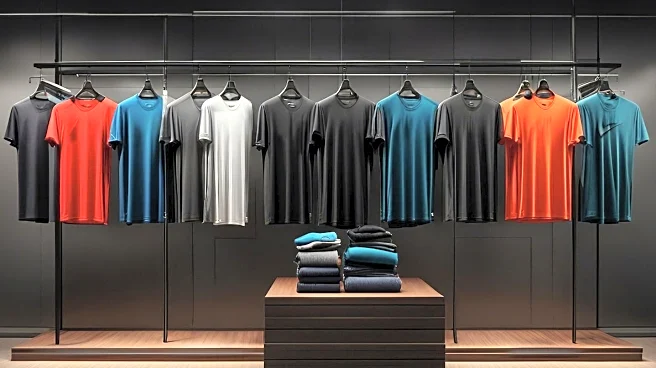What's Happening?
The rise of online fashion marketplaces and secondhand retailers is a result of sustainable fashion trends and high inflation. Consumers are adopting more conscientious shopping behaviors, buying fewer items and opting for secondhand alternatives. Resale platforms like Vinted provide a way to combine bargains with eco-friendly shopping. The EU's Strategy for Sustainable and Circular Textiles aims to push the fashion industry towards circularity by minimizing waste and maximizing resource efficiency.
Why It's Important?
The growth of circular fashion trends highlights a shift in consumer priorities towards sustainability and affordability. This change challenges the fast fashion model and encourages brands to adopt more sustainable initiatives. The trend towards circular fashion offers a promising way to reduce waste and promote resource efficiency. As consumers become more conscious of their environmental impact, businesses have an opportunity to tap into this demand by offering sustainable options and promoting their eco-friendly efforts.
What's Next?
As circular fashion trends continue to grow, businesses may explore new models to meet consumer demand for eco-friendly fashion. This includes offering repair services, recycling options, and leasing models for consumers to borrow their favorite pieces. Brands can leverage social media and influencer collaborations to promote thrifted style stories and showcase the individuality that secondhand fashion offers. The trend towards circular fashion offers a promising way to reduce waste while meeting the evolving expectations of today’s shoppers.
Beyond the Headlines
The rise of circular fashion trends reflects deeper cultural and societal shifts. It challenges the fast fashion model and promotes a more mindful approach to consumption. The trend supports cultural preservation by keeping vintage and unique garments in circulation. It also highlights the role of social media in shaping consumer behavior and promoting sustainable choices. As the market grows, it may influence broader societal attitudes towards consumption and sustainability, fostering a culture of resourcefulness and creativity. This shift could lead to long-term changes in consumer behavior and industry practices, promoting a more sustainable and equitable fashion landscape.

